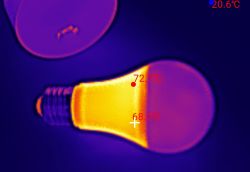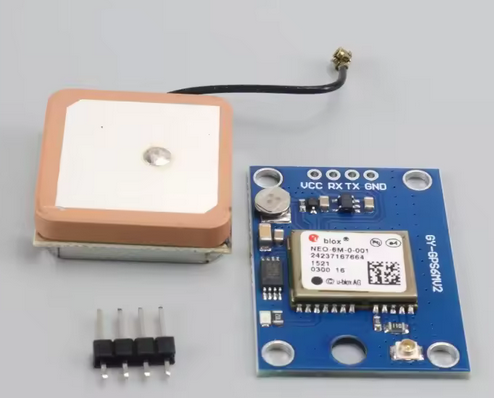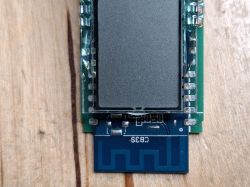Somewhere I should have a Nodered ready for PZEM. Generally nodered is the frontend for node.js
It can be said that without Nodered domoticz it is a disabled child.
For example, Nodered can parse every MQTT message and send it to domoticz / in
The possibilities of Nodered are enormous thanks to the fact that additional nodes can be installed.
At first, NR seems difficult, but once in, it offers amazing possibilities. Knowing javascript is handy. I learned to write the first functions based on the course for super heroes https://kursjs.pl/
I recommend training on Node red, for example by making one dummy sensor and trying to push data into it via nodered.
If I find flow from PZEM, I will give it to me. I have somewhere in the archive, because currently, due to PV, I gave up PZEMs for MEW-01 Of course, it will not be a "paste and works" ready-made, because you will have to use your idx and topic names.
It can be said that without Nodered domoticz it is a disabled child.
For example, Nodered can parse every MQTT message and send it to domoticz / in
The possibilities of Nodered are enormous thanks to the fact that additional nodes can be installed.
At first, NR seems difficult, but once in, it offers amazing possibilities. Knowing javascript is handy. I learned to write the first functions based on the course for super heroes https://kursjs.pl/
I recommend training on Node red, for example by making one dummy sensor and trying to push data into it via nodered.
If I find flow from PZEM, I will give it to me. I have somewhere in the archive, because currently, due to PV, I gave up PZEMs for MEW-01 Of course, it will not be a "paste and works" ready-made, because you will have to use your idx and topic names.







